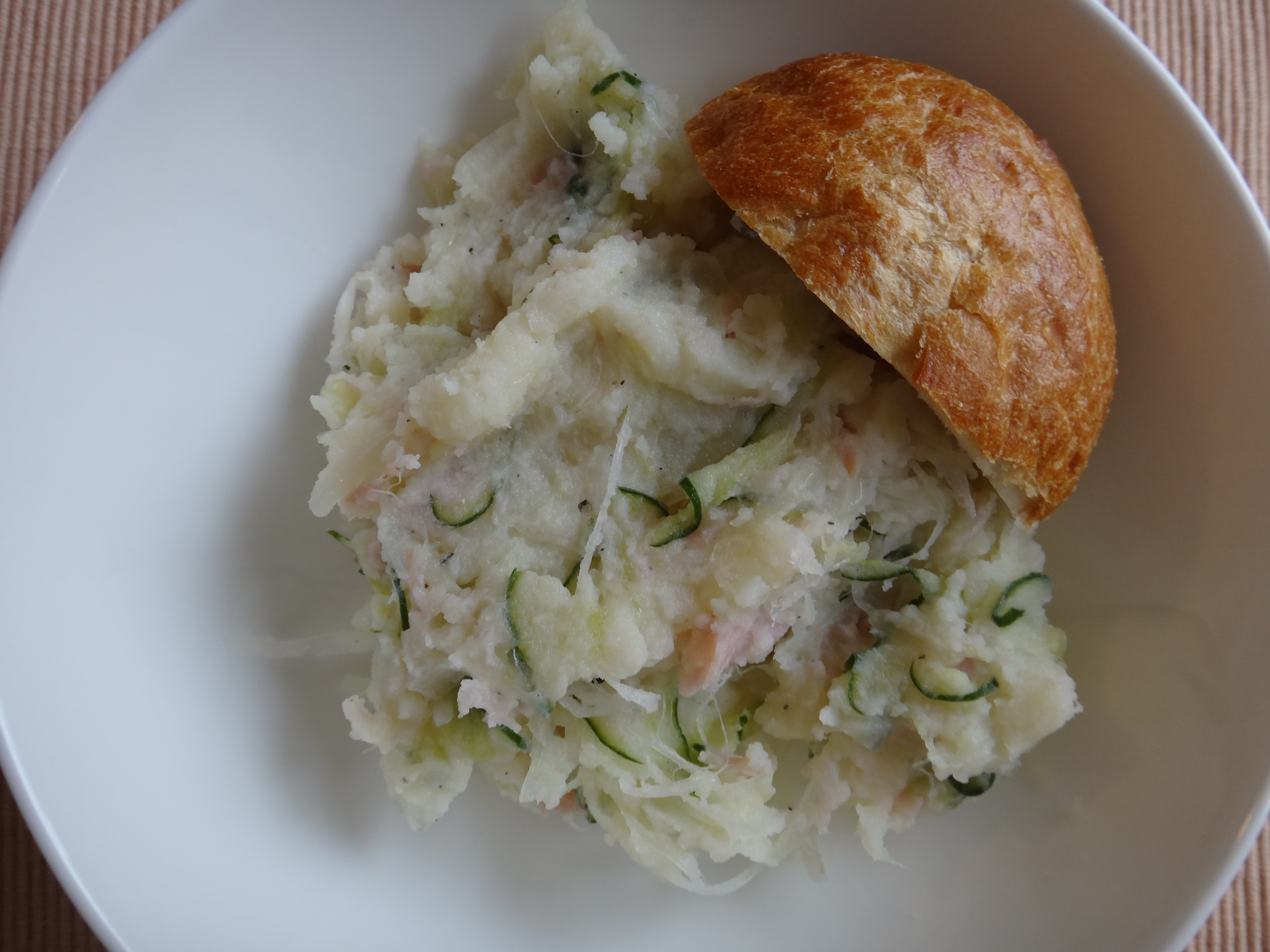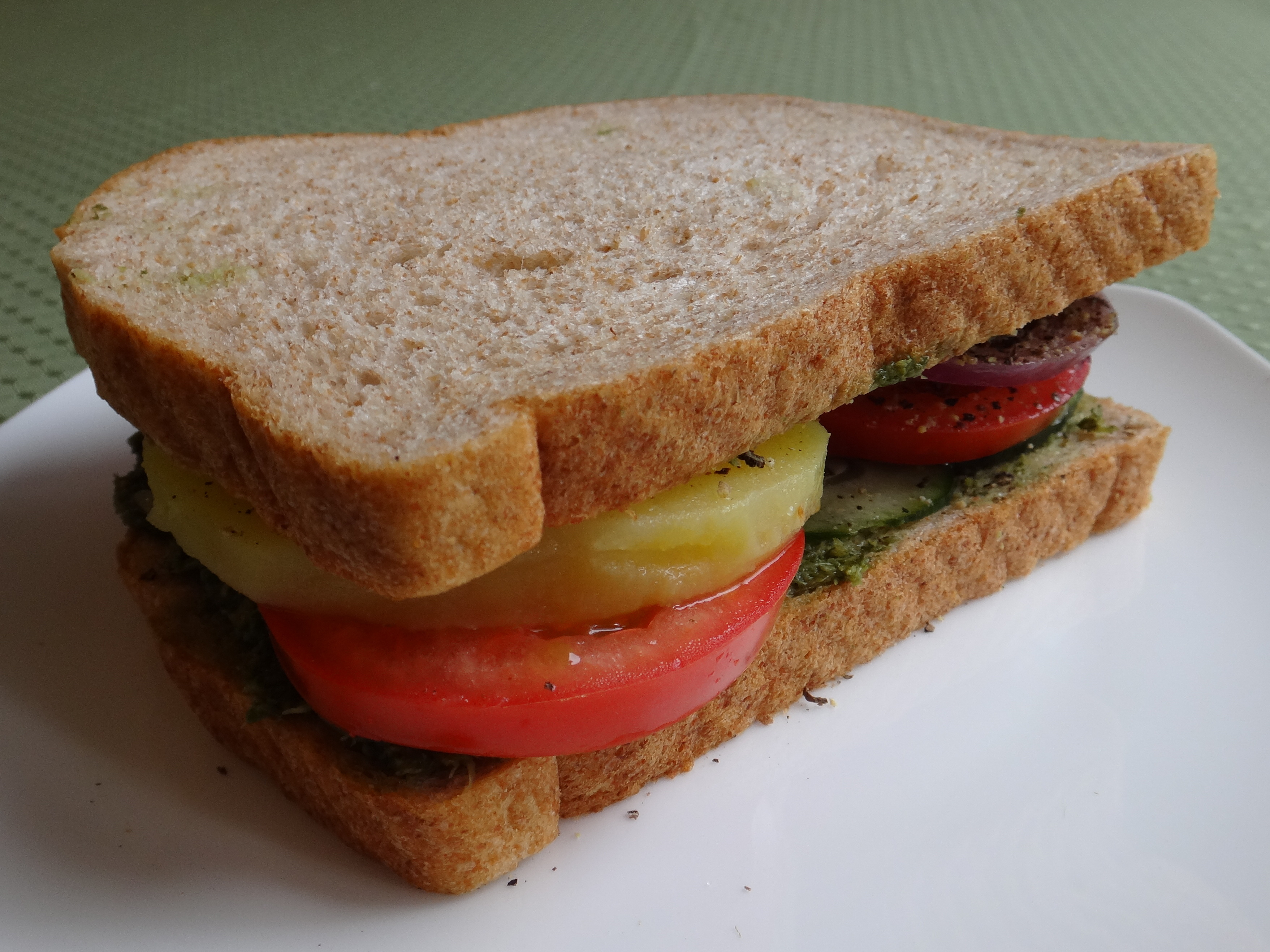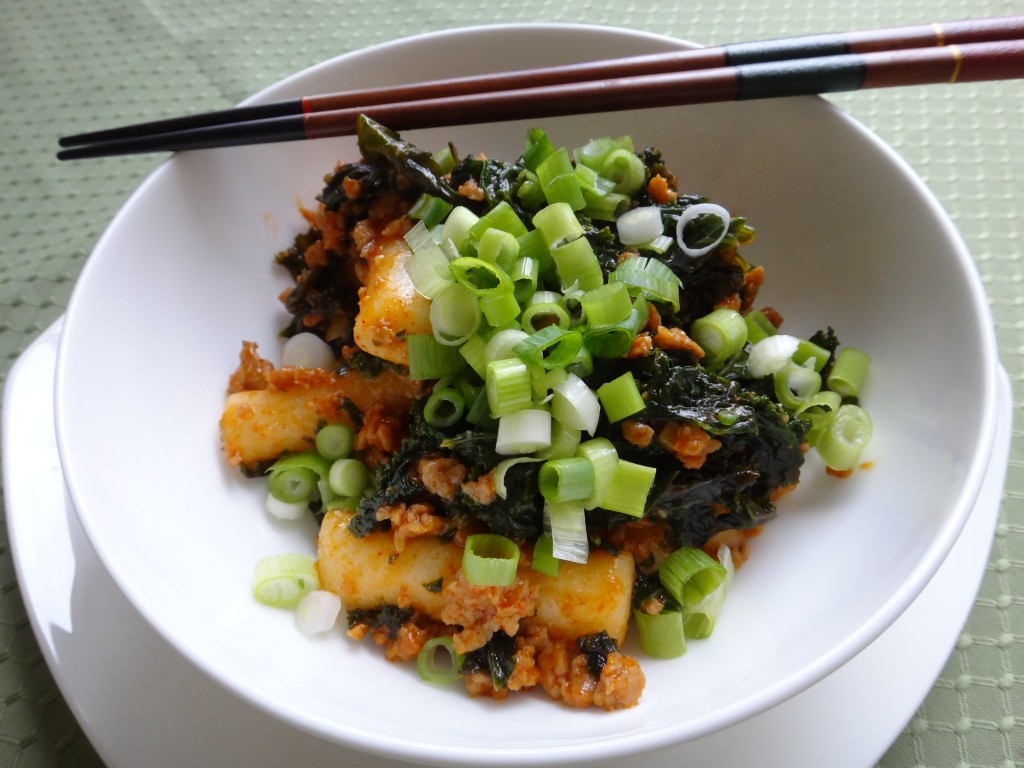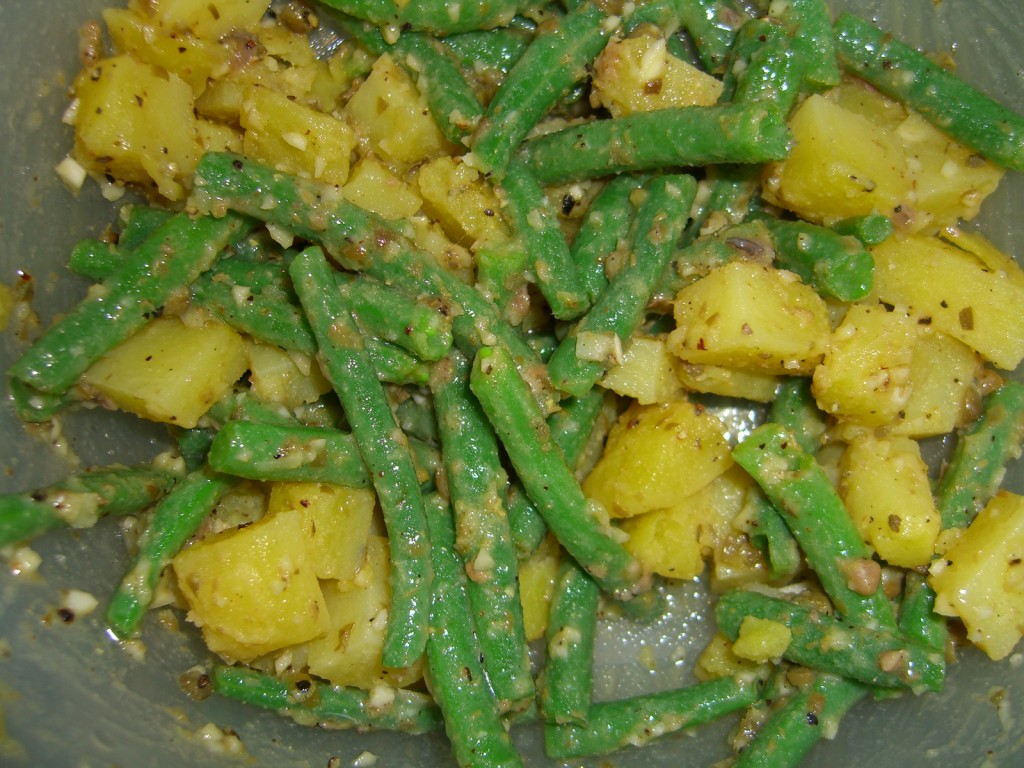posted by
Samar on
October 16, 2012

This past summer for the first time I signed up for our neighborhood CSA. Its been both a blessing and a curse. There is definitely something to be said about supporting a local farmer and receiving a bounty of fresh vegetables each week. From beets to rutabaga, its been fun and instructive to cook with both familiar and not so familiar veggies. But at the same time trying to get through, week after week, a box load of vegetables can become a bit of a chore. After all, there is only so much squash or chard one can eat!
posted by
Samar on
October 10, 2012

One of the great joys of eating in Japan is to be found in the basement of department stores, known as depa chika (デパ地下). That’s right. Not some fancy sushi place (or a hole-in the-wall one) where the chef has dedicated his life to perfecting the slicing of fish. Nor a kaiseki ryōri restaurant in kyōto that has been in business since the Tokugawa Shogunate. Or even a ramen joint where people line up the previous night as if waiting for the latest iPhone. Those are undoubtedly all good, too. No. The real fun is in the depa chika where dozens of vendors sell an astonishing variety of food. Everything from chirashizushi to baguettes, and gyōza to salads.
posted by
Samar on
October 7, 2012

You know that green, watery concoction they serve at Indian restaurants, high and low? There’s a hint of mint, but it is otherwise completely tasteless. Like much of what is served in Indian restaurants throughout the world, this so-called “chutney” is about as far as one can get from the food typically eaten at home, giving, and rightly so, Indian cuisine a bad rep.
Not that mint isn’t used to make chutney. Wikipedia lists a few dozen types, and I’m sure there are more regional variations – a 50 shades of green so to speak – than there are stray cows roaming the streets of Mumbai. But for me, chutney means something very specific. It is essentially made out of cilantro giving it a bright green color, and a meal isn’t complete without it. It is, in our house at least, made fresh every morning and is what I imagine kimchi is in Korea or rice in Japan. Of course, we also make other types depending on what other dishes are on the menu (e.g., a coconut and lentil chutney with dosa). But the basic “green chutney” as I will call it is a staple. You just put a bit on your spoon (or, preferably, your finger because, you know, everything does taste better when eaten with your hands) and lick it off. You don’t have to eat it with anything else, although of course it is also commonly used as a dipping sauce for snacks such as samosas.
posted by
Samar on
October 1, 2012

Unless one has been living in a cave for the past several years its hard to have missed the phenomenon that is Momofuku and its chef David Chang. (Okay, perhaps I’m being presumptuous here and only the food obsessed know what/who I’m talking about.) Of all the restaurants in the Momofuku empire, Ssäm Bar is still my favorite. Its a veritable melting pot of flavors – Korean, Japanese, Vietnamese, and French to name a few – that seem completely improbable until you try them. I mean, Brussels sprouts and fish sauce? Tofu and arugula? But, funnily enough for a place named after the Japanese inventor of instant cup noodles, Korean is what defines its food. Arguably, Momofuku has both ridden the wave of popularity of Korean cuisine, as well as done more to popularize it – at least in New York – than any other restaurant. From kimchi to bibimbap, and fried chicken to japchae, its easier than ever to find Korean food, occasionally even decent Korean food. Its odd, then, that one of the most common and lowly dishes of Korean cuisine, tteokbokki, is rarely to be found on most menus. Its a dish frequently made of nothing more than rice cakes simmered in a hot and sweet sauce and scallions sprinkled on top. In Korea it is cheap and ubiquitous, more of a street food to be eaten on the move than at a sit-down restaurant (Seoul has an entire street called Shindang-Dong devoted to its charms).
posted by
Samar on
September 26, 2012

I suppose I should start by saying that this recipe involves anchovies. Prominently. If you’re someone who recoils in horror at their very thought, I would not take it personally if you read no further. (Hey, I have a similar relationship with natto!) On the other hand if you’re one of those – and I might as well nail my colors to the mast here – who thinks there is nothing that can’t be made better with the addition of anchovies then you may like this paean to these umami-laden flavor bombs. Okay, actually until this New York Times piece appeared I didn’t know anchovies had such a bad rep and that the yea’s are in a distinct minority – at least in the US. (But, according to said article, change is afoot!)








